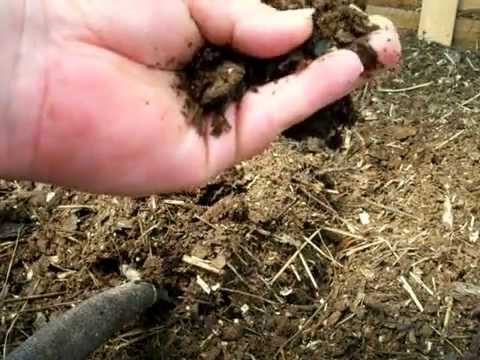motherjen
Hatching
- Apr 26, 2016
- 5
- 0
- 9
Thanks for the advice! I am using a board to block the nesting boxes at night, then I remove it after dark, while they sleep. (Boxes are adjacent to the roost) So far it is working well. Boxes are open for egg laying at sun up. We have two boxes for 3 hens. I will get some decoy eggs ASAP. Thanks again.




